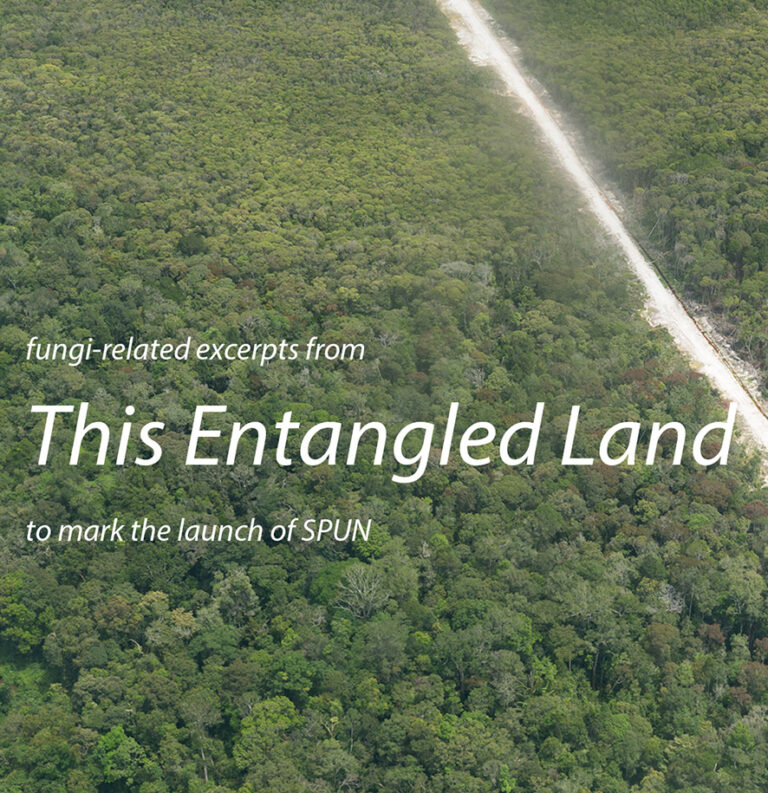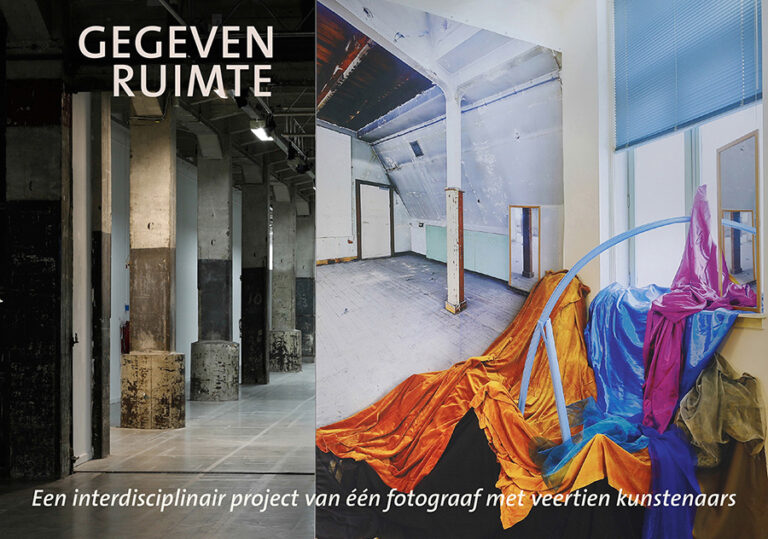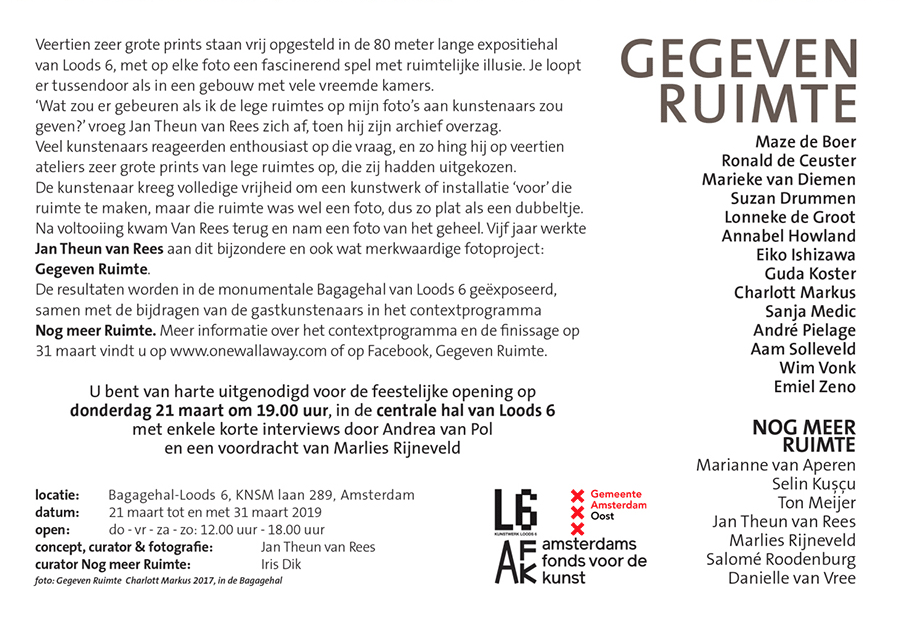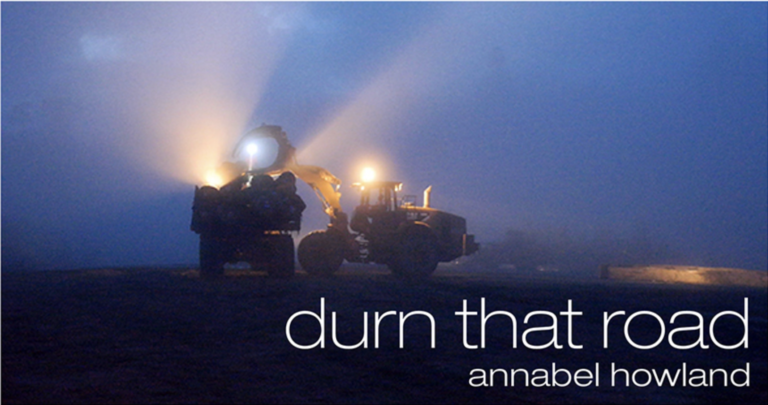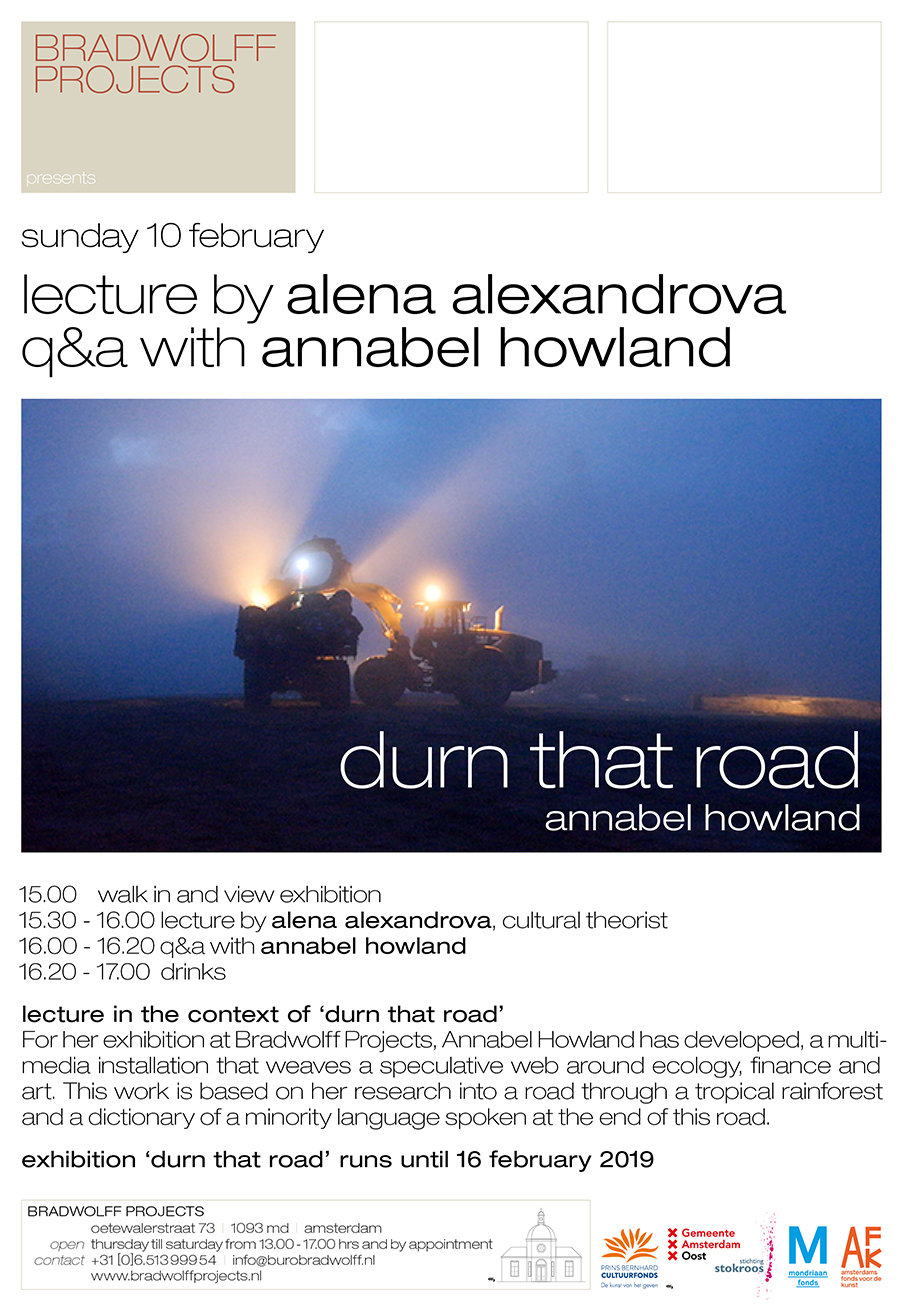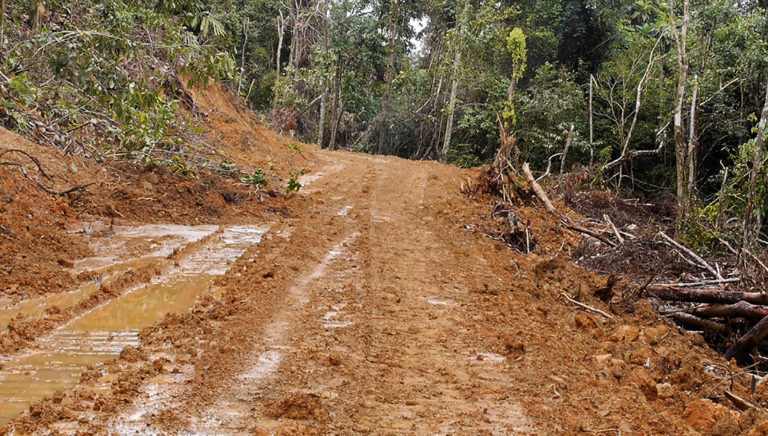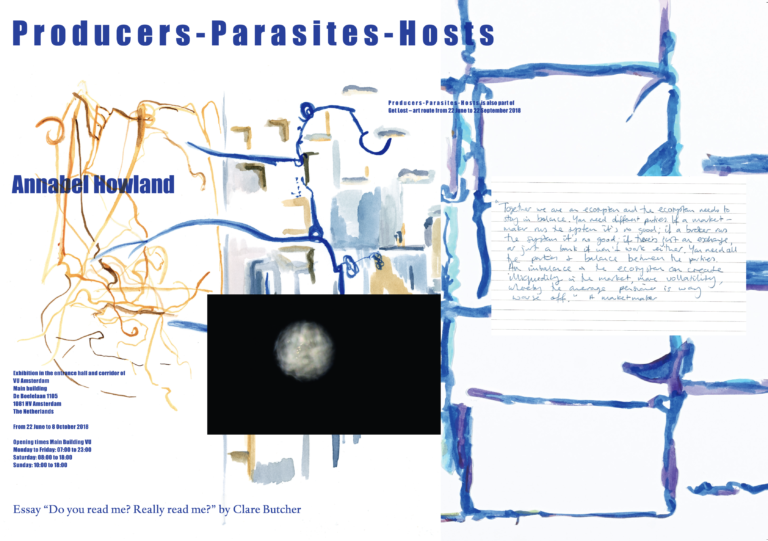March 2024
Really delighted and grateful to have been granted funding towards my new film work by the
Dommering Foundation for innovative visual art and video.
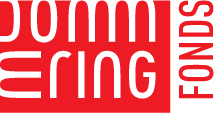
October 2023
Screenings This Entangled Land
6 to 29 October at Emmetts Garden Fungi Festival, Kent, England.
Friday 6 October to – Sunday 29 October
Emmetts Garden, Ide Hill, Sevenoaks, Kent TN14 6BA, England
July 2023
Finissage at Orangerie Park Studio
Zone2Source, Amstelpark (opposite Rietveld Huis)
Tuesday 18 July – 18:00-20:00
To round off my residency “Arbuscules and Constellations” at
Zone2Source’s Orangerie Park Studio, Amstelpark, Amsterdam
6 pm revealing of Arbuscules and Understanding cadavre exquis.
7 pm screening of This Entangled Land under the trees, weather permitting (otherwise indoors).
June 2023
Zone2Source: Screening & lecture, Sunday, 25 June 2023, 5 pm
Subject: Film screening This Entangled Land (24’) by Annabel Howland, lecture by Malin Klein on mycorrhizal fungi in soil.
Address: Het Glazen Huis, Amstelpark, Amsterdam
Dates: Exhibition space is open from 1 pm on Saturday 24 and Sunday 25 June with work by Annabel Howland and Farah Rahman. Screening & lecture Sunday 25 June at 5pm
Arcam: INSIDE OUTSIDE expo & lectures 29 June 2023, 6-9 pm
Living Soil. A visual language for urban soil biodiversity
INSIDE OUTSIDE hosting an evening of presentations and talks around the wonders of soil life!
The evening will feature Inside Outside presenting their research-by-design project Living Soil, together with the micro-photographer Wim Van Egmond, and the artist Annabel Howland, who will present their scientific and artistic projects around soil life.
Address: Arcam, Prins Hendrikkade 600, Amsterdam
Date: 29 June 2023, 6-9 pm
RSVP through the link
Scroll down for more info
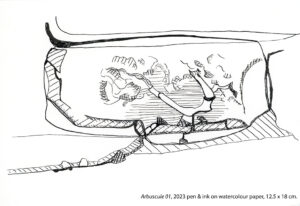
Zone2Source: Screening & lecture, Sunday, 25 June 2023, 5 pm
Subject: Film screening This Entangled Land (24’) by Annabel Howland, lecture by Malin Klein on mycorrhizal fungi in soil.
Artist Annabel Howland has been working with research into arbuscular mycorrhizal fungi and plant-fungal interactions from Toby Kiers Lab at VU Amsterdam for more than a decade. Her film This Entangled Land is a visual and sonic tapestry of social, biological and cultural interactions. Its narratives weave their way along a logging road in Borneo, branch off into villages and languages, zoom in on fungal networks in the soil and zoom out to view their global impact. Annabel will also present new drawings in the exhibition space.
Malin Klein’s lecture will look at mycorrhizal fungi and their critical interactions with plants in the soil. She will talk about how scientists research fungal networks in the lab and in the field, showing some of the latest images from the Kiers and Kokkoris Labs (VU Amsterdam) and SPUN – Society for the Protection of Underground Networks. Malin is a PhD candidate in the Toby Kiers Lab at the Amsterdam Institute for Life and Environment (A-LIFE), Vrije Universiteit (VU) Amsterdam where she was previously a research technician. Exhibition space is open from 1 pm on Saturday 24 and Sunday 25 June
Arcam: INSIDE OUTSIDE expo & lectures 29 June 2023, 6-9 pm
Subject: Living Soil. A visual language for urban soil biodiversity
INSIDE OUTSIDE hosting an evening of presentations and talks around the wonders of soil life!
The evening will feature Inside Outside presenting their research-by-design project Living Soil, together with the micro-photographer Wim Van Egmond, and the artist Annabel Howland, who will present their scientific and artistic projects around soil life.
Location: Arcam, Prins Hendrikkade 600, Amsterdam
Date: 29 June 2023, 6-9 pm
RSVP through the link
Additionally, from 23 June to 2 July, you can visit the Exhibition ‘’Living Soil: A visual language for urban soil biodiversity’’, at Arcam’s gallery space.
All exhibitions during Architecture Month are free to visit!
Opening hours: Tuesday to Sunday, 13.00-17.00 hours
Read more about the speakers on:
Inside Outside www.insideoutside.nl
Wim van Egmond www.wimvanegmond.com/
Annabel Howland www.annabelhowland.nl/
The film This Entangled Land is supported by the AFK (Amsterdam Fund for the Arts).
This Entangled Land
My 24-minute film This Entangled Land (2021) is an Award Winner at the Mannheim Arts and Film Festival 2022, Germany and has been accepted for the International Art Film Festival 2022 in Birmingham, UK (online screenings 1-17 December 2022).
This Entangled Land
To mark the launch of SPUN – Society for the Protection of Underground Networks, I’m releasing the mycorrhizal fungi-related sections of my new film This Entangled Land, which features an interview I did with co-founder of SPUN and mycorrhizal fungi expert, Prof. Toby Kiers, about fungal networks in soil. I’ll be doing a live podcast session with Prof. Kiers on 30th September 2022 as part of the De Hortus Fungi Trail programme at Hortus Botanicus Amsterdam. The whole of This Entangled Land will be screened on Saturday, 1 October at RADIUS Center for Art and Ecology, Delft, where Prof. Toby will also give a talk on SPUN. I’ve been drawing on Kiers Lab research for many years, particularly in relation to my project Producers-Parasites-Hosts 2012-2018 (see elsewhere on this site).
Exhibition DURN THAT ROAD at Bradwolff Projects Amsterdam
Bradwolff Projects
Oetewalerstraat 73
1093MD, Amsterdam
Opening times: Thurs. – Sat. 13:00 – 17:00 hrs and by appointment
Exhibition runs until Saturday 16th February 2019
Annabel Howland’s artworks weave speculative webs around ecology, finance and art. Looking through the lenses of different fields of research, she unpicks, isolates and reweaves threads from these systems. The resulting installations constantly shift between scales and perspectives in attempts to fathom and imagine the systems’ complex twists.
The title, Durn that Road, quotes the character Anse Bundren in William Faulkner’s 1930 novel As I Lay Dying. Anse is introduced to us through his rant against a road he finds threatening, mainly because it brings people (i.e. the taxman) to his door, but also because of its implicit demand for movement. “When He aims for something to be always a moving, He makes it longways, like a road or a horse or a wagon, but when He aims for something to stay put, He makes it up and down ways, like a tree or a man.”
For her exhibition at Bradwolff Projects, Annabel has developed a multimedia installation, which takes as its point of departure a road through the rainforest in the state of Sarawak on Borneo (East Malaysia). This logging road started on the coast and was gradually extended through to villages near the border with Indonesia where Sa’ban is spoken. Dr Beatrice Clayre began studying Sa’ban in the 1960s. In 2013 she published a trilingual Malay-Sa’ban-English picture dictionary, by which time the changes to village life brought about by the road had become tangible. In 2016, Annabel travelled the length of the road with Dr Clayre’s son, anthropologist Alasdair Clayre and two Sa’ban friends, filming and interviewing people about the road, their languages and their ways of life.
They started with simple questions about how the arrival of a road affects the people living along it, and how a minority language fares under the changes a road brings. But a line through the rainforest that links communities, which used to be separated by many days travel on foot or by boat, also links other lines that criss-cross the globe, following the long flow of financial capital, raw materials, and religion.
The installation is structured around strong verticals and horizontals, intermittently penetrated by single point perspective.

Clare Butcher “Do you read me? Really read me?”
A certain literacy is needed to understand some matters. Money matters. Money matters and also the surprisingly (and sometimes disturbingly) related ecologies of scientific and artistic research. It’s their abstraction, you see (and don’t see). Their symbolic agility. The power of words which operate in these spheres to shape the imagination and with that, perspectives on reality. As philosopher Franco “Bifo” Berardi reminds us, money and language “are nothing and yet they move everything. They are nothing but symbols, conventions, flatus vocis , but they have the power to persuade human beings to act, to work, and to transform physical things”.1
It is within this web of interrelated agencies, actors and things (organic and man-made) where Annabel Howland’s Producers – Parasites – Hosts entangles itself. Since the time of the global financial crisis in 2008, working closely with a number of specialists such as evolutionary biologist Toby Kiers and econometrist Albert Menkveld at VU Amsterdam, and London-based economist Tony Curzon Price, amongst many others, Howland has traced and traded narratives leading from “stories of lasers, kidneys and chemical compounds [to] microbial cooperation and human debt.” 2
Over various iterations Producers – Parasites – Hosts has morphed from performative lectures accompanying edited sonic records of interviews with key players in this story at the Athens Biennial (2013); to handmade schematic gouache paintings, textual quotes and petri-dish renderings at the Pompgemaal in Den Helder (2015); a publication entitled fungi , a light box with mycorrhizal fungi in a plant root and sound piece Centipede Game – On Cheating at Kunsthal 45 (2015); and more recently, a triangulated mapping of community garden collaboration in Het Rode Loper Festival (2017).
Throughout this evolution, Howland interrogates the practice of hosting within institutions and nature together with the intimacies of survival between fungi and the market – which are, in the end, not dissimilar. As fungi evaluate their host organisms by their capability to provide sugar, the notion of corporation comes to mind as one entity becomes efficiently colonized by another – making the relationship between host and the hosted increasingly malleable.
The shifting scales of the project’s manifestations speak to Howland’s insistence on making legible the precarious conditions in which many live, breathe and work. Her inscriptions of handwritten, microscopic, as well as seemingly invisible macrostructures, materialize her research process while also reflecting on the monetary value of aesthetic display in a changing art market. The money is also here.
While we are in the space, let’s see and listen. The entrance hall you’re in features a number of window panels displaying fragments of the visual research outlined above, as well as four one-eared headphones. Two by the entrance hall windows and two by the windows opposite the student information desks. The soundscape is vast and varied, traversing the project’s previous edits via subjects like “pigeons, to flags, to cables, to microwave dishes on towers, information dark spots and flash crashes, dark pools, transparency and lit markets.” 3 There’s a lot to hear. And you will have four months to dip in and out of the ongoing conversation. To read and think the material differently.
Back to legibility. The specialization of language required in many fields (otherwise called “jargon”) can often seem opaque and even exclusive. Isn’t opacity sometimes more useful than transparency though? According to Andy Haldane, the former Head of Stability and now Chief Economist at the Bank of England, the number of global financial languages is so vast it quite possibly exceeds the number of spoken human languages. Haldane also notes that, “a common language is known to increase dramatically bilateral trade between countries, by more than 40%.”4
There is, however and as always, another reading. One that’s more risky, more ambiguous, more messily political in its ambitions. Poet and philosopher, Édouard Glissant’s praise for opacity provides a useful counterpoint in and through the efficient, dark-pool workings of global markets. Glissant places non-transparency next to not-knowing and the fear that this generates within an Enlightenment-indoctrinated world. He asks whether – in a contemporary time, full of complication and contradiction – the West will move towards a more entangled approach to the world in a participatory way, or one that’s still based on “old impositions”. 5 “Even if,” he says, “we should have no illusions about the realities, their facts already begin to change simply by asking this question.” 6 By seeking a relation to things unknown, to difference, to the opaque, we invite the possibility of multiplicity which is a poetic force, one that opens up rather than closes down relationships. And which, as “Bifo” reminds us is a force in “excess of language…a hidden resource which enables us to shift from one paradigm to another.” 7
Bringing us to the context of this particular commission at the Vrije Universiteit, Amsterdam and the not-so-poetic relation of education to debt. In Fred Moten and Stefano Harney’s work on The Undercommons: Fugitive Planning & BlackStudy they observe that as opposed to credit, which is asocial, “debt is mutual. Credit runs only one way.” 8 And while the pressure of debts to society are commonplace amongst fugitives, students, artists, the colonial “politics of debt without payment, without credit, without limit” remain largely intact, 9 and often without regret: “Everything I did was within the rules…the blame lies elsewhere…the system went wrong” as one interviewee in Howland’s archive describes the post-crash attitude of those who contributed to it.10 There is an evolutionary dilemma at work it seems between the allowances of “the system” and the site of learning. To this dilemma, anthropologist Anna Tsing asks, “How do lovers of fungi practice arts ofinclusion that call to others? In these times of extinction, when even slight acquaintance can make the difference between preservation and callous disregard…we might want to know possibilities of vernacular science, that is, knowledge production in which ordinary people can participate.”11
It is in this participative entanglement that we find ourselves Producers, Parasites and Hosts of poetic indeterminacy: an indebtedness which can and should be negotiated with the power of a vernacular literacy which is at once capable of reading, knowing and relating across different paradigms.
Clare Butcher
1 Franco “Bifo” Berardi, “Emancipation of the Sign: Poetry and Finance During the Twentieth Century”, in E-Flux Journal#39, November 2012, https://www.e-flux.com/journal/39/60284/emancipation-of-the-sign-poetry-and-finance-during-the-twentieth-century/. Last accessed 11/06/2018.
2 See Annabel Howland’s website: https://annabelhowland.nl/project/producers-parasites-hosts-athens-mix/. Last accessed 11/06/2018.
3 Annabel Howland, email 11/06/2018.
4 Andrew Haldane et al, “Towards a Common Financial Language”, www.bankofengland.co.uk/publications/speeches, 2012, p.1.
5 Édouard Glissant, “For Opacity”, in Poetics of Relation , trans. Betsy Wing. Ann Arbor: University of Michigan Press, 1997, pp. 189-194.
6 Ibid.
7 Berardi, ibid.
8 Stefano Harney and Fred Moten The Undercommons: Fugitive Planning & Black Study , New York:
Minor Compositions, 2013, p. 61
9 Ibid, p. 64.
10 Annabel Howland, Producers – Parasites – Hosts Athens Mix , 2013.
11 Anna Tsing, “Arts of Inclusion, or, How to Love a Mushroom”, Australian Humanities Review , Issue 50, May 2011, pp. 1-10.

